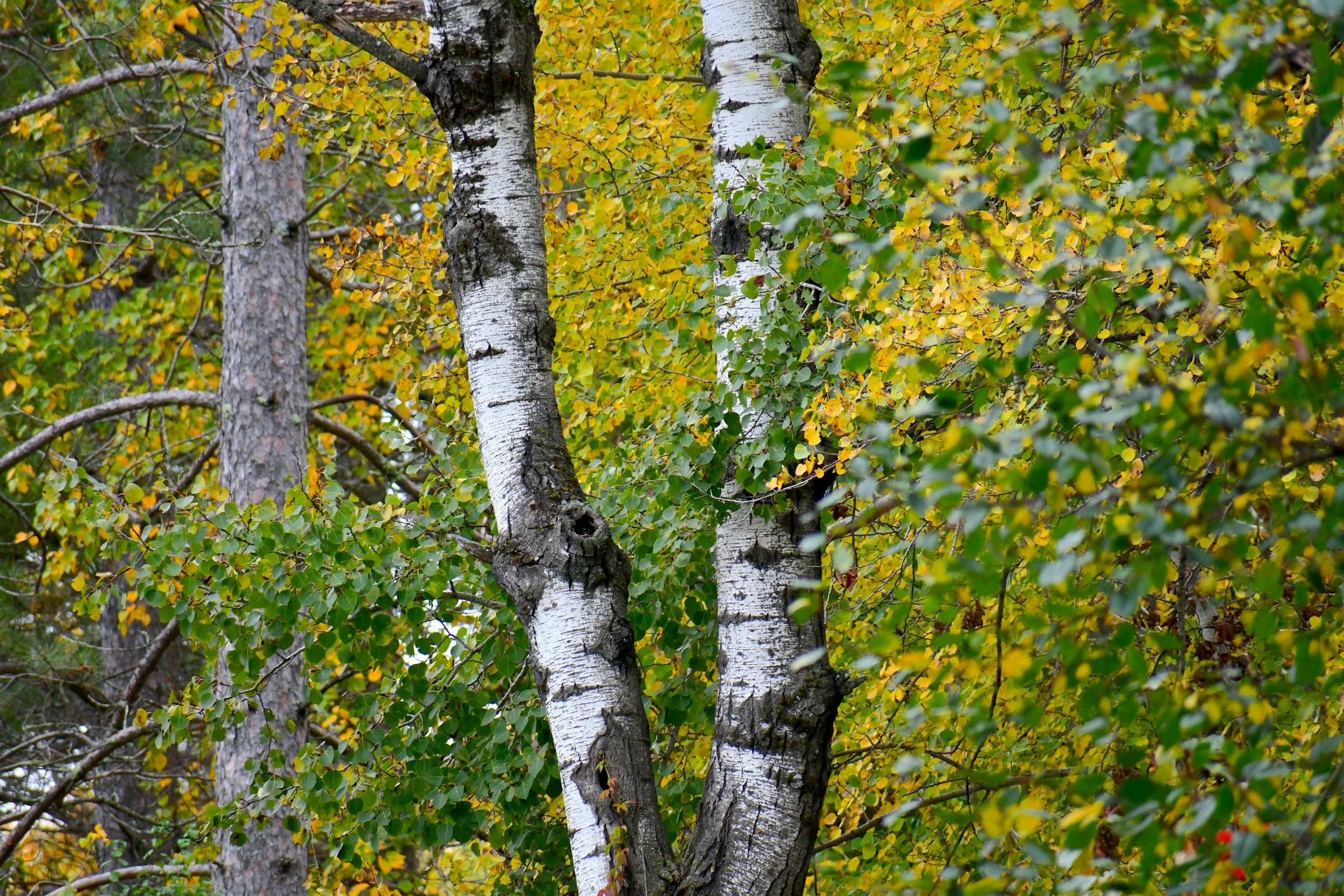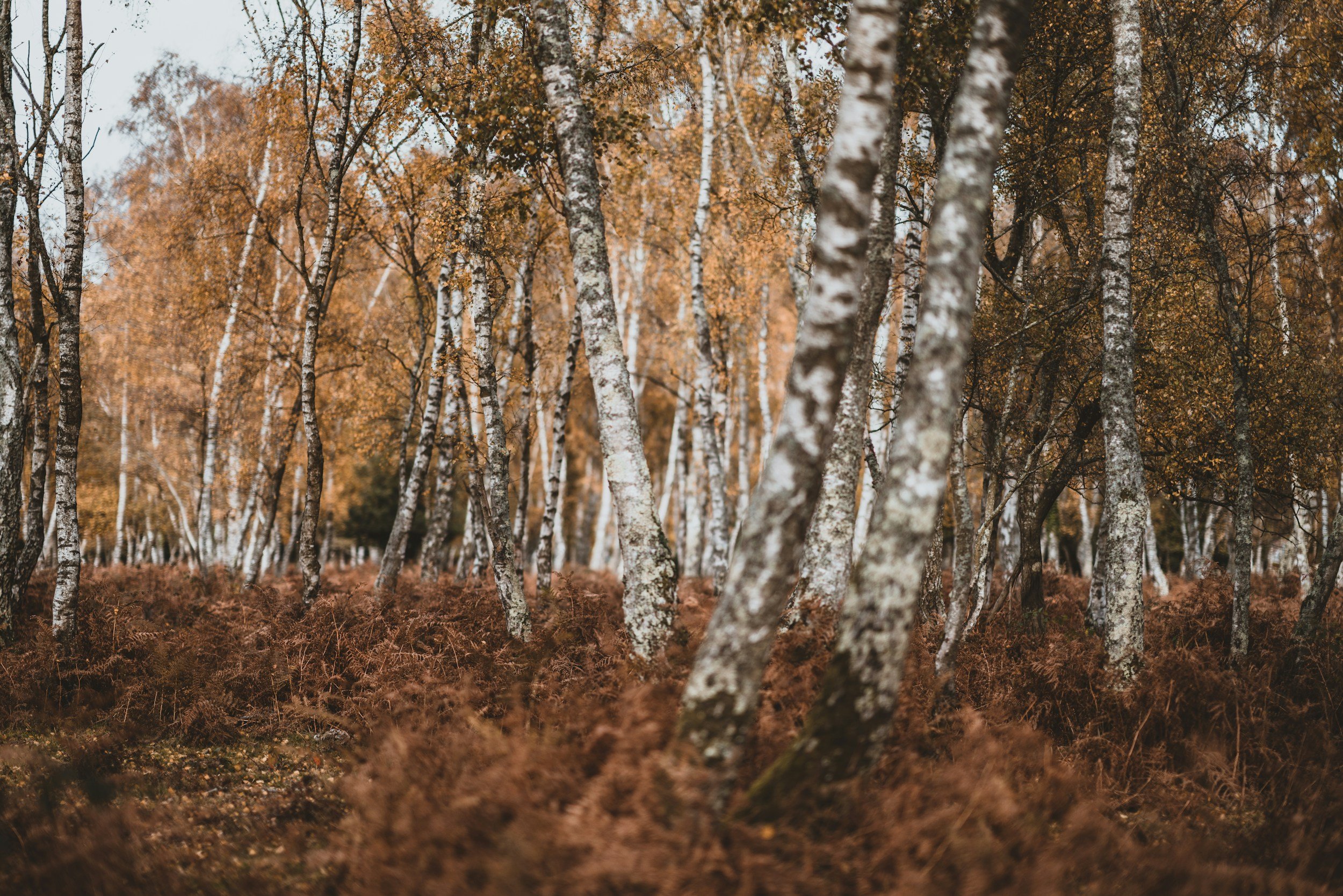
Silver Birch
Silver Birch (Betula pendula)
Plant family
Betulaceae
Other significant names
White birch
Common birch
Parts used
Fol (leaves)
Gemmae (leaf buds)
Cortex
Succus (sap)
Typical forms of prescription
Tinctures
Infusions
Silver Birch (Betula pendula) – Clinical Snapshot
Primary Actions
Diuretic
Urinary antiseptic
Astringent
Antiseptic
Alterative
Tonic
Hepatoprotective
Primary Indications
Musculoskeletal: Arthritis, gout
Urinary: Kidney issues, bladder stones, fluid retention, cystitis
Skin: Psoriasis, eczema, actinic keratoses
Liver: General liver support
⚠️Cautions / Safety⚠️
Avoid internal use of birch essential oil or bark in people with salicylate sensitivity or on blood-thinning medications. Leaf infusions are generally considered safe and effective as a gentle detoxifier.
Use with caution in oedema due to heart or kidney impairment
Betula pendula
Phytochemistry and Pharmacology
-
Includes: Quercetin, hyperoside, kaempferol
Action: Diuretic, anti-inflammatory, antioxidant
Use: These support kidney and urinary function, reduce tissue inflammation, and protect against oxidative stress. Birch is often used as a cleansing diuretic, making it ideal in spring detox formulas, arthritic conditions, and urinary tract inflammation.
-
Includes: Betulin, betulinic acid, lupeol
Action: Anti-inflammatory, antimicrobial, hepatoprotective, anticancer (research stage)
Use: Found primarily in the bark, these compounds help reduce inflammation, support skin and liver health, and have shown promising effects in wound healing and tumour modulation (especially betulinic acid). Betulin also contributes to birch bark’s white colouring.
-
Includes: Methyl salicylate, sesquiterpenes
Action: Analgesic, rubefacient, anti-rheumatic
Use: Birch oil, similar in composition to wintergreen, offers pain-relieving effects and is used externally for muscle pain, joint inflammation, and chronic rheumatism. Not for internal use due to methyl salicylate toxicity.
-
Action: Astringent, anti-inflammatory, tissue-toning
Use: Tannins in the leaves and bark support skin healing, reduce minor bleeding, and tone tissues in wounds, eczema, and weeping skin conditions.
-
Action: Diuretic, expectorant, anti-inflammatory
Use: Saponins assist with fluid clearance, supporting birch’s use in oedema, urinary retention, and congestive states, while also contributing to cleansing and mild expectorant effects.
Traditional use
The sap, which contains natural sugars and electrolytes, is well known as a spring tonic, but the tree also has medicinal leaves and bark. The leaves are used in infusions as a key diuretic when increased urine output is sound, such as in cases of cystitis, oedema and fluid retention (bear in mind to treat the underlying cause too). The diuretic and waste removal properties also make it worthwhile for skin conditions and gout, as well as rheumatoid- and osteo- arthritis, especially where there is calcification. Birch is high in anti-inflammatory, fever-reducing and pain-relieving salicylates, so it should be avoided in those with a salicylate/aspirin sensitivity.3 The bark and leaves are used topically in compresses or washes for treating sore muscles, aiding in reducing muscle pain. The bark salicylates are extracted and concentrated from a close relative, sweet birch (Betula lenta), producing a cheaper, more sustainable essential oil similar to wintergreen (Gaultheria procumbens) used in natural ‘deep heat’ rubs and balms for soothing and healing sprains, strains and broken bones.
Clinical discussion
Betula pendula (silver birch) is valued for its diuretic, anti-inflammatory, and analgesic properties. The sap acts as a spring tonic, while the leaves and bark are used in infusions to promote urine output for conditions like cystitis, oedema, and fluid retention. These diuretic effects also help in treating skin conditions, gout, and arthritis, especially with calcification.
Rich in salicylates, birch provides pain relief and fever reduction, but should be avoided by those with salicylate or aspirin sensitivity. Birch bark and leaves are used in compresses or washes for muscle pain and soreness. The salicylates from Betula lenta (sweet birch) are concentrated into essential oils, offering a sustainable alternative to wintergreen for sprains, strains, and fractures.
Cultivation/harvesting
Sap is tapped in early spring, leaves and buds are collected in early spring, and bark is taken in small peels to make washes or harvested from felled trees.
Key Botanical Features of Silver Birch (Betula pendula)
Habit & Form
Type: Deciduous tree.
Height: Typically 10–30 metres tall.
Growth Form: Graceful, slender tree with arching branches and a light canopy, allowing dappled light to reach the ground.
Bark
Young Bark: Bright white to silver, often with black diamond-shaped fissures.
Mature Bark: Darkens at the base with deep furrows.
Characteristic Peeling: Thin, papery layers that peel horizontally.
Leaves
Shape: Triangular to diamond-shaped, with a pointed tip.
Edge: Double-serrated (finely toothed) margins.
Size: 3–7 cm long.
Colour: Bright green in summer, turning golden yellow in autumn.
Arrangement: Alternate on the stem.
Flowers & Reproduction
Type: Monoecious (male and female catkins on the same tree).
Male Catkins: Long, yellow-brown, pendulous; appear in autumn and overwinter.
Female Catkins: Short, green and upright; appear in spring.
Pollination: Wind-pollinated.
Seeds: Tiny, winged nutlets dispersed by wind in summer.
Roots & Growth Conditions
Root System: Shallow, with fine roots spreading widely, sensitive to soil compaction.
Soil Preference: Grows best in light, well-drained soils; tolerates poor, sandy, or acidic soils.
Habitat: Found in open woodlands, heathlands, and disturbed areas.
Sunlight: Prefers full sun.
Ecological Role: Pioneer species — quickly colonises bare ground and enriches the soil.
Sustainability/conservation:
Widespread, Least concern.

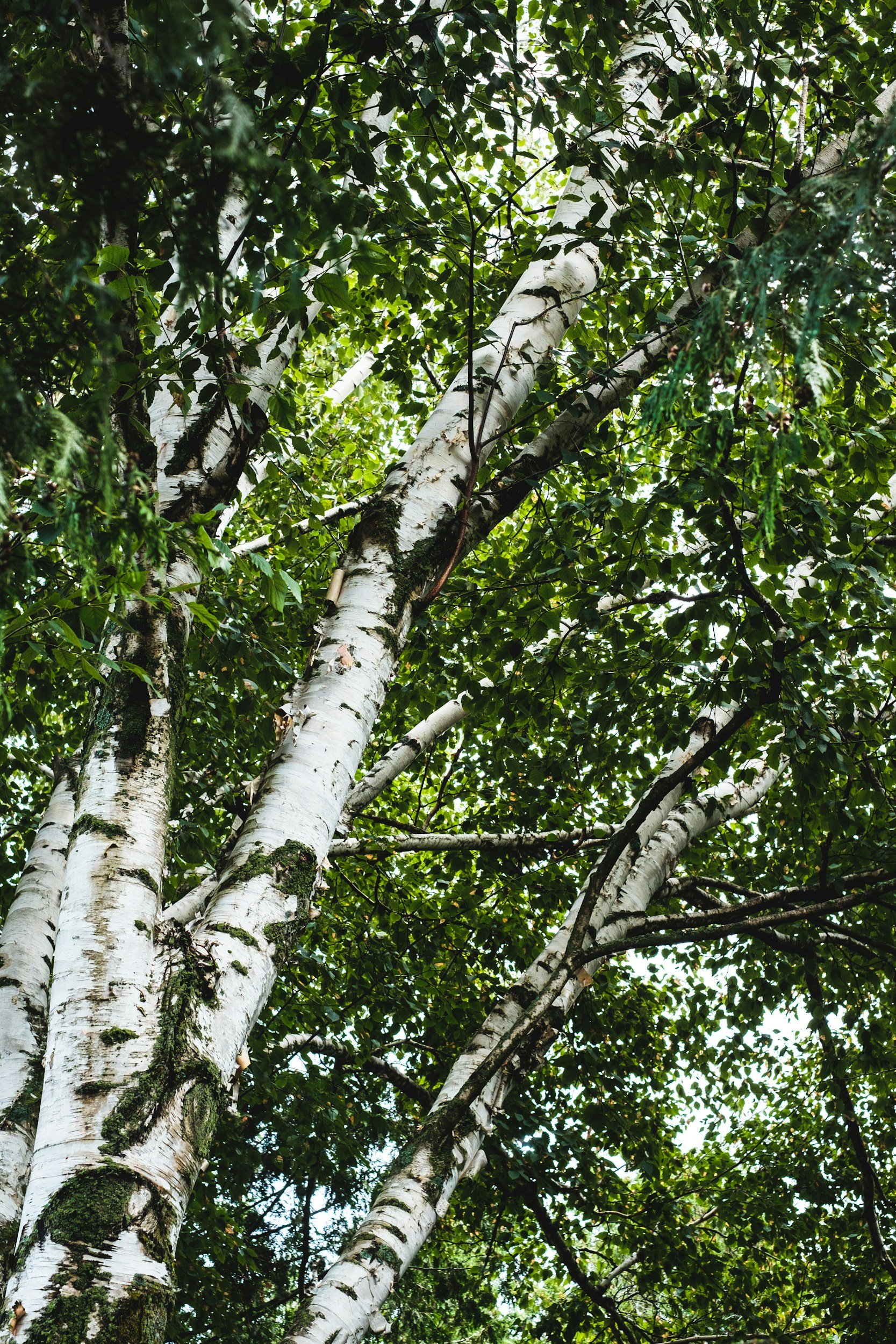

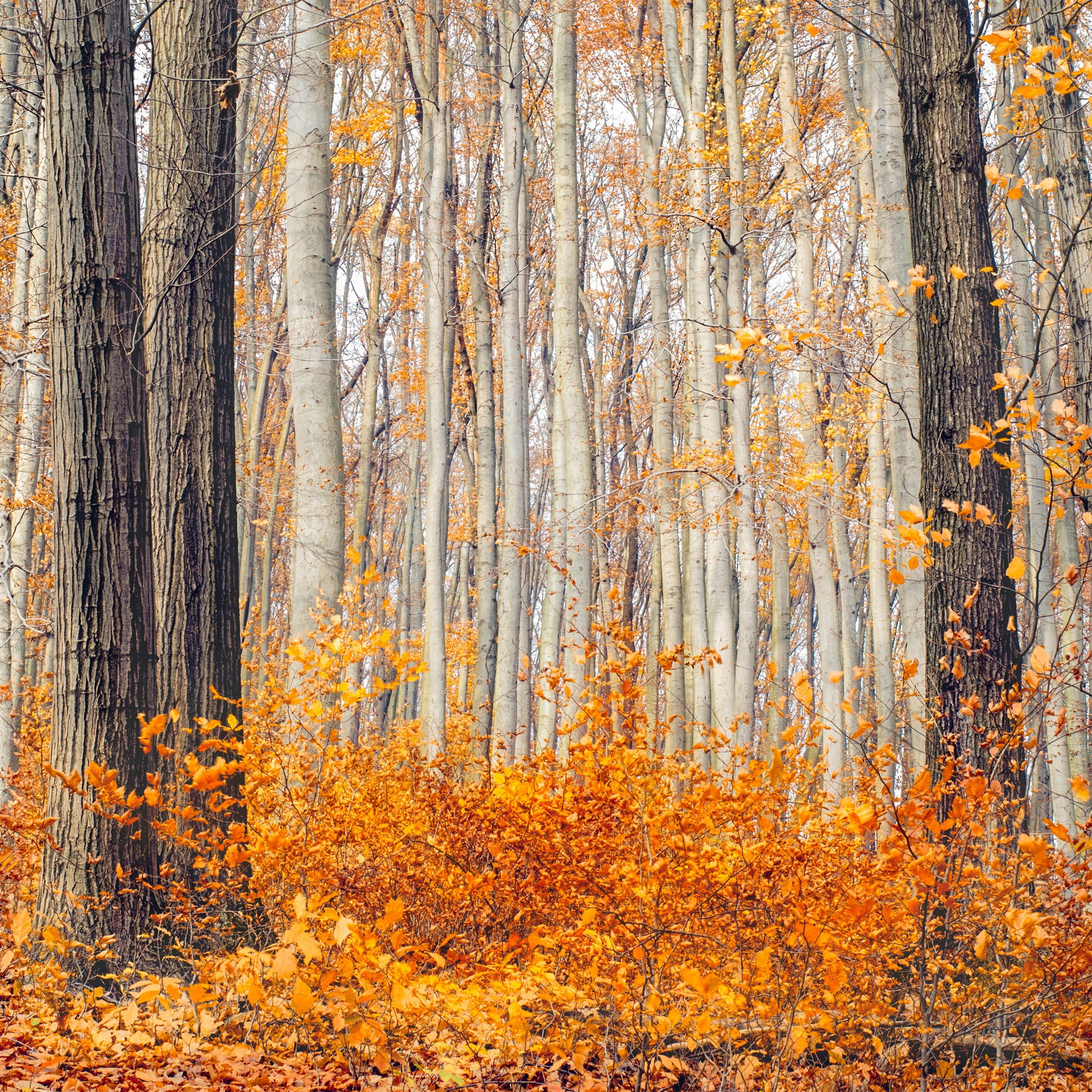

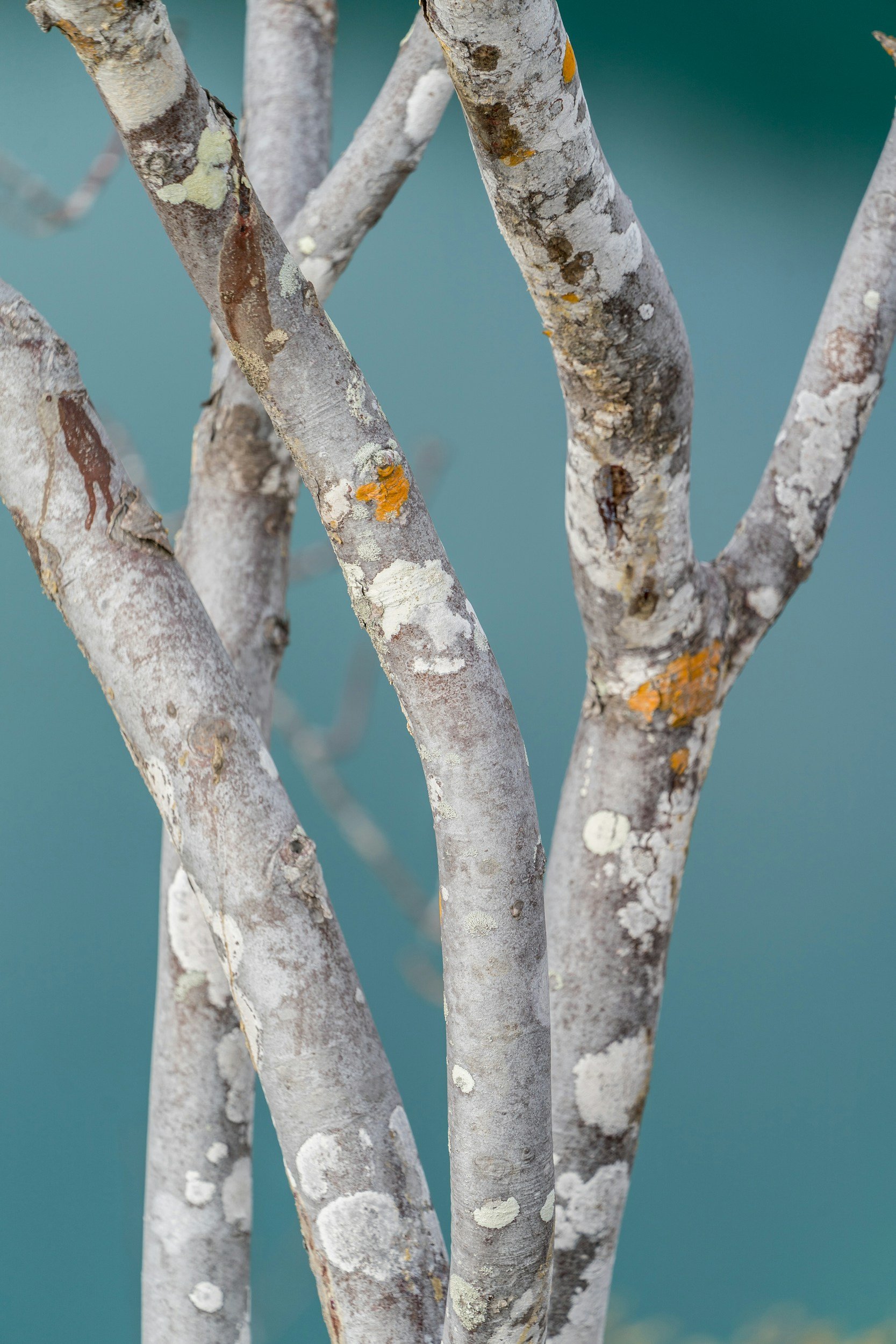
Sources
Bartram, T. (1998). Bartram’s Encyclopedia of Herbal Medicine. Constable.
Fisher, C. (2009). Materia Medica of Western Herbs, (2018 edition). Finchley Road, London. Aeon Books.
Hedley, C & Shaw, N. (2020). A herbal book of making and taking. Finchley Road, London. Aeon Books.
Hoffmann, D. (2003). Medical Herbalism: The Science and Practice of Herbal Medicine. Healing Arts Press.
McIntyre, A. (2019). The complete herbal tutor, revised and expanded edition. Finchley Road, London. Aeon Books.
Plants of the World Online | Kew Science. (n.d.). Plants of the World Online. https://powo.science.kew.org/
Disclaimer: This page is for educational purposes only. Consult a qualified medical herbalist before using herbs, especially during pregnancy, when trying to conceive, while breastfeeding, for medical conditions, or with children.
Read the full disclaimer → Medical Disclaimer.



